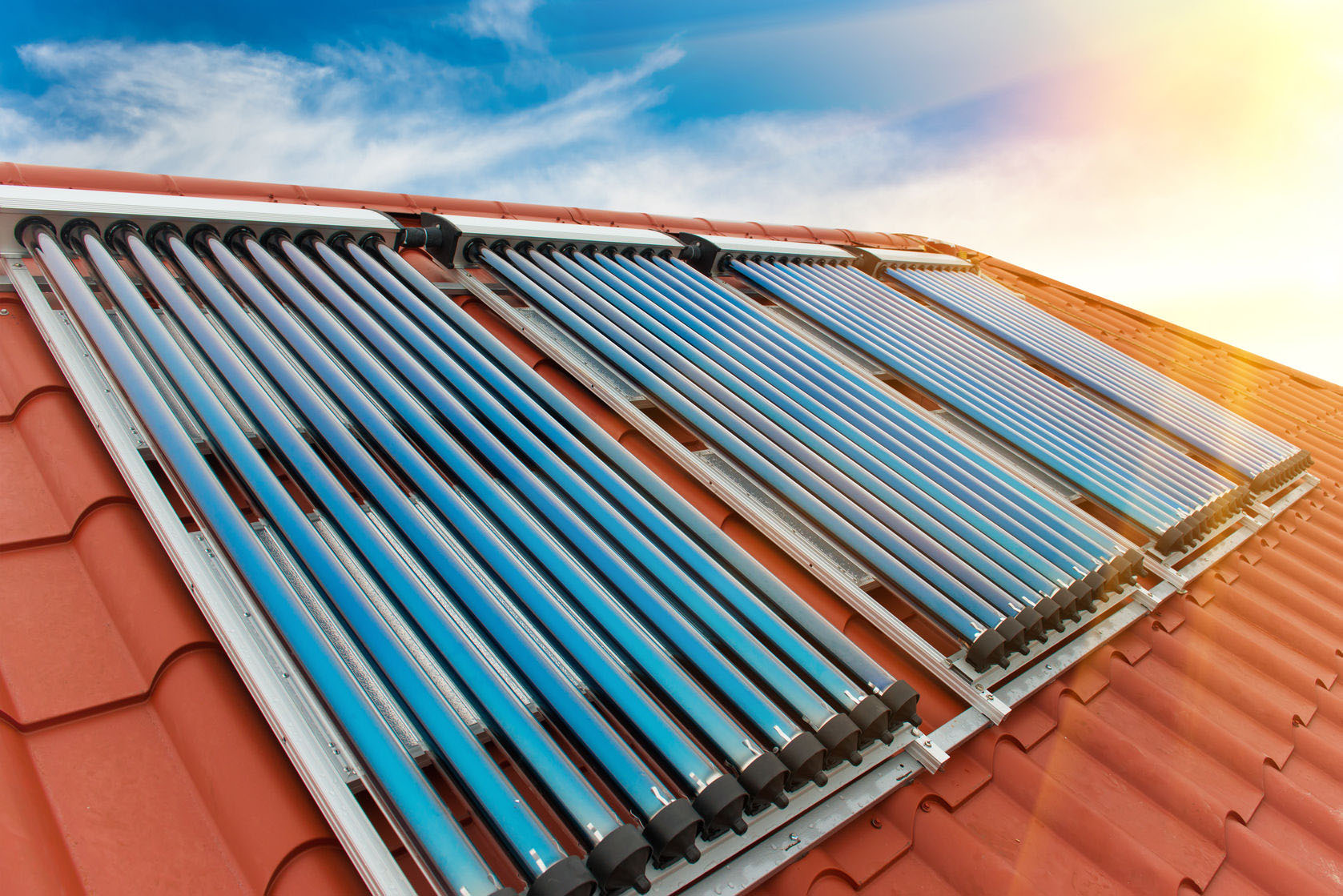As contenders scramble for the White House this fall, thoughts have naturally turned to President Obama’s legacy, and particularly his environmental legacy. As taxpayers consider the lessons of that legacy they would do well to consider past support and use of taxpayer dollars for favored industries and companies. One of those once favored companies is the now defunct renewable energy company Solyndra.
During the late 2000s, the Obama administration deployed its political capital to cultivate an environmentally friendly image for the president. In a quest for renewable energy as part of the stimulus package and at the urging of the administration, the Department of Energy gave preferential tax and loan treatment to Solyndra, a California solar panel manufacturer.
The perception of many, including the Obama administration, was that Solyndra was a “sure winner in the solar industry,” to quote Scientific American’s reporting on the assessment others had made on the company when they wrote a reflection on the then bankrupt company. In fact, the administration was so enamored with the company that President Obama visited their facility and spoke of the company’s positive impacts on the environment in May of 2010. Indeed, the company’s technology focused on roof-based solar panels seemed promising.
Solyndra’s unique idea relied on covering roofs with cylindrical thin-film solar cells rather than flat panels. These cylinders encase thin-film solar cells made of copper-indium-gallium-selenide. The glass in the cylinder both seals out moisture and acts as a “sunlight concentrator” that funnels photons onto the film, producing more electricity.
The technology was innovative, and Solyndra’s business plan seemed cost-effective on paper. According to Solyndra’s then CEO, solar power could be harnessed at about the same cost as electricity from coal-powered plants, around 6 cents per kilowatt-hour, while conventional solar panels average around 25 to 50 cents per kilowatt-hour.
This innovative concept attracted a Department of Energy loan guarantee for $535 million. These guarantees were made possible through amendments to the Energy Policy Act by the American Recovery and Reinvestment Act of 2009, better known as the stimulus package.
Unfortunately, Solyndra, like any company, was not the “sure winner” that had been so confidently predicted by those who promoted it. In August of 2011, less than two years after being awarded the loan guarantee, Solyndra declared bankruptcy and politics again came into play. That a business failed is not a new story but its political rise and fall was.
Illustrative of the political nature of Solyndra’s is the Obama administration efforts to convince Solyndra to delay the start of worker layoffs until after the November 2010 midterm elections. The clear goal of which was to leave intact the green perception and its political benefits the administration and their colleagues in Congress had carefully cultivated. The first layoffs of Solyndra’s workforce began on November 3, 2010, one day after the election.
The goal of the Department of Energy loan guarantee program was to spur innovation in renewable energy generation by providing capital to businesses engaged in that development. In Solyndra’s case, despite spending $535 million through political entrepreneurship, no long-term energy, economic, or environmental benefits were realized.
In the end, American taxpayers ended up footing the bill for green-washing the administration, though the costs were spread so widely that almost no one noticed. By now the lessons should be apparent. An energy concept can appear innovative and even cost effective, yet still turn out a complete bust. In the market this happens all the time, but this time the risks were borne not by the entrepreneur but the taxpayer in the form of loan guarantees.
Programs like those that supported the politically expedient though apparently risky Solyndra loan come about in large part because support for renewable energy that has reached the status of a moral imperative, and more importantly a political imperative that elected officials must engage.
Our current energy needs require that we tap non-renewable energy sources, even as we pursue renewable sources—in ways that work. Solyndra, which did not work, confirms what can happen when political entrepreneurs seeking to appear ‘green’, inside and outside of government, leverage mistaken assumptions and transfer the costs from individual entrepreneurs and those that voluntarily fund them to all of us.
It’s easy to see why President Obama, in legacy protection mode, doesn’t talk much about instances like Solyndra but taxpayers, voters, and environmentalists alike have good reason to keep in mind that real environmental improvement can’t just be green-washed cheap talk.









